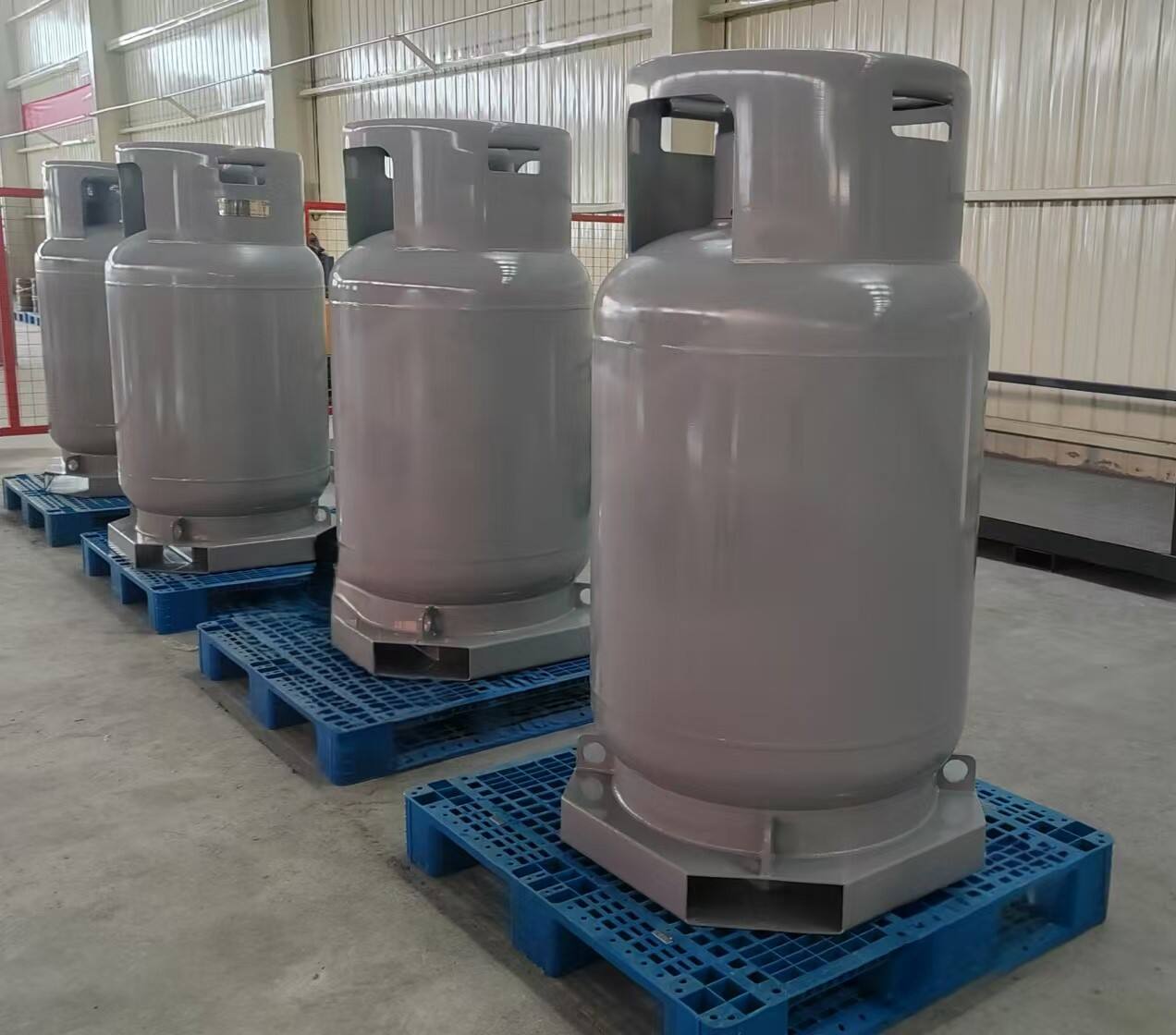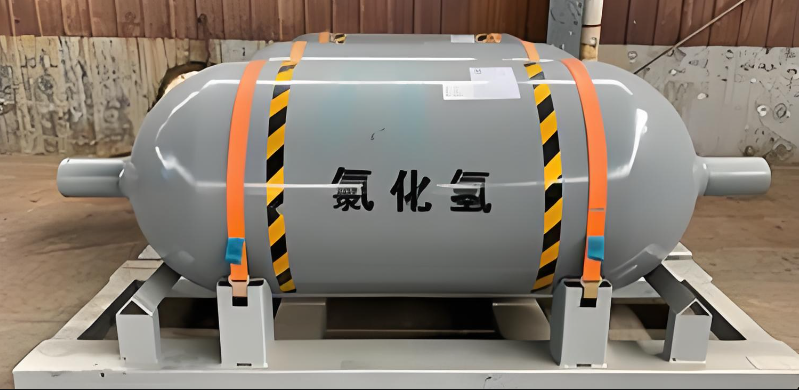Fluorine gas is indispensable in semiconductor fabrication, particularly in etching processes, where it enables precise pattern creation on wafers. This precision is crucial for the miniaturization of devices that demand increasingly smaller and more efficient components. Etching with fluorine gas allows for the effective removal of silicon dioxide layers, thereby enhancing both the performance and lifespan of semiconductor chips. Studies have shown that accurate control of fluorine concentration during these processes can significantly reduce defects, ultimately improving yield rates. Fluorine's role in dry etching processes offers a more efficient and effective alternative compared to traditional wet etching, cementing its preference within the industry.
The role of fluorine gas in cleaning and surface preparation within semiconductor fabrication is critical. It efficiently removes contaminants from semiconductor surfaces, thus ensuring high-purity conditions necessary for advanced manufacturing processes. This cleaning is vital for enhancing the surface energy of materials, which promotes better adhesion for subsequent layers. The incorporation of fluorinated compounds in cleaning agents significantly contributes to achieving the high-purity surfaces essential for advanced semiconductor applications. Innovations in these techniques, supported by the use of fluorine gas, have been documented to markedly reduce particle contamination, further improving the quality of semiconductor production.
In chemical vapor deposition (CVD), fluorine gas plays a crucial role by enabling the formation of thin films with exceptional uniformity and quality. High-purity CVD processes that incorporate fluorine are linked to improved electrical properties in semiconductors, crucial for the development of advanced electronic devices. Research indicates that controlled dosages of fluorine during deposition lead to optimal film characteristics, such as enhanced dielectric properties. The adoption of fluorine in CVD has risen due to its capability to support low-temperature processing without compromising film quality, making it an essential component in semiconductor fabrication.
Proper handling of fluorine gas within compressed gas solutions is crucial to ensure industrial safety. Given fluorine's high reactivity, specialized training for personnel is essential to mitigate hazards associated with leaks or accidental exposures. Fluorine gas's reactivity necessitates robust safety protocols, making it imperative for industries to adopt best practices, as suggested by authoritative bodies like the National Institute for Occupational Safety and Health (NIOSH). Implementing these measures has significantly decreased incidents involving compressed fluorine gas, demonstrating their effectiveness in promoting safe handling practices in industrial environments.
The semiconductor industry faces increasing pressure to adopt sustainable practices, notably in controlling emissions from fluorinated gases. Current initiatives focus on minimizing fluorine emissions during manufacturing, supporting global sustainability objectives. Studies by environmental agencies advocate for the integration of carbon capture technologies to manage fluorinated gas emissions effectively. These advancements not only bolster environmental safety but also enhance regulatory compliance. Through the development of sophisticated emission control technologies, companies can significantly reduce their environmental impact while aligning with international sustainability mandates.
Regulatory compliance is vital for industries handling fluorine gas, as organizations like OSHA and the EPA enforce stringent guidelines to safeguard worker welfare. Companies are intensively investing in systems that monitor and report fluorine gas usage to ensure adherence to these regulations. Evidence indicates proactive compliance contributes to safer work environments and mitigates legal risks. As the regulatory landscape for industrial gases evolves, firms must remain updated on new safety standards to maintain compliance and protect their workforce effectively.
SIHCL3 (Trichlorosilane) and SICL4 (Silicon Tetrachloride) play vital roles in producing high-purity materials essential for semiconductor applications. These compounds are delivered in specialized 240L cans, which are crucial for maintaining material integrity. Ensuring the purity of cylinder gases is of utmost importance, as even trace contaminants can negatively impact manufacturing outcomes and the performance of semiconductor devices. Recent advancements have significantly improved the quality and consistency of these gases, supporting efforts to enhance manufacturing efficiency. Studies show that using high-purity cylinder gases like SIHCL3 and SICL4 has been linked to higher production yields in semiconductor processes.

470L Hydrogen Chloride (HCl) cylinders offer a stable and reliable source of gas essential for semiconductor processing. These cylinders undergo rigorous testing to guarantee high purity and consistent performance, which is critical for applications requiring high sensitivity. Industry reports underscore the impact of a stable HCl supply on enhancing process efficiency and reliability. By providing a consistent hydrogen chloride supply, companies can minimize downtime associated with semiconductor fabrication, thus reducing costs and supporting overall production stability.

The future of fluorinated gas technology hinges significantly on innovations in compressed gas storage and delivery systems. Emerging technologies in this field are driving advancements that enhance the safety and efficiency of gas usage. Improvements in storage solutions aim to minimize risks associated with gas delivery failures, which is crucial for maintaining operational reliability. Developments focus on designing longer-lasting, more reliable compressed gas containers to prevent leaks and degradation over time. These innovations will not only affect the safety parameters but also improve the efficiency of processes, particularly in industries like semiconductor manufacturing, where precise gas handling is pivotal.
As environmental concerns gain prominence, the search for alternatives to PFAS (per- and polyfluoroalkyl substances) has intensified. The focus is on maintaining performance levels while reducing environmental impacts. Recent research indicates promising developments in alternative compounds that could lessen reliance on traditional fluorinated gases. However, it's crucial to balance any transition to new materials with the need to preserve semiconductor performance. Current studies highlight the necessity of these alternatives to ensure long-term sustainability within the semiconductor sector. Transitioning to these environmentally friendly alternatives is seen as essential for achieving sustainability goals without sacrificing the efficiency and reliability of semiconductor applications.
By embracing these advancements, industries can align themselves with broader sustainability efforts, paving the way for a more environmentally conscious future without compromising on performance.